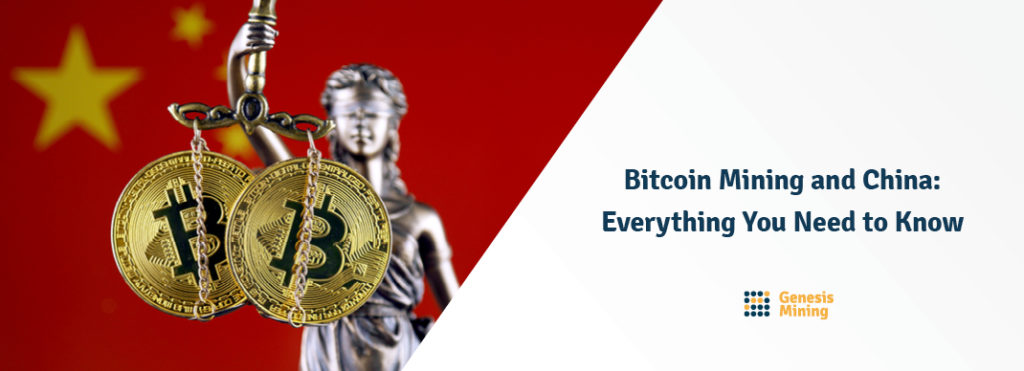Imagine making a living just from your predictions. Got a hunch your favourite sports team will win on the weekend? What about Leonardo DiCaprio winning an oscar? Research it, think it through – if you’re correct, you’re rewarded. If you’re wrong? You just lose your initial investment.
Now, imagine using these kinds of predictions for real world analysis – earthquake predictions; political outcomes; medicine prices; stock market analysis. Given a monetary incentive, people will be motivated to predict their outcomes as accurately as possible – so they’ll research, learn, and improve.
That’s what Augur aims to be: an early warning system – for everything. Riding off the backs of concepts proposed by James Surowiecki, Charles Mackay and Francis Galton, Augur gains accurate predictions about future events by letting people bet on their ideas.
Before we get into what makes Augur unique, let’s take a step back and talk about tokens – what they are, how they work, and how cloud mining it all ties in with Ethereum decentralized blockchain and smart contracts.
Tokens – A Standin for Assets
______
If you mine Ethereum, you’re already familiar with the concept of tokens – Ether is a kind of token. Tokens are fairly easy to understand – they’re a representation of something we attribute value to. We’ve used them for trade since 1400 AD – where we took stones and carved them into disks – to represent other goods, and now in 2017, we’re using them to represent property in the digital currency world.
Tokens can represent any asset. Imagine a world where you could grab a token that gives you a week’s worth of produce from the farmer’s market, or a little digital token that is redeemable for a download from your favourite artist. And even better, you don’t need to physically store tokens – they live on the cloud, or in your machine, or even on your phone – or more accurately, in your Ethereum wallet.
Augur has three kinds of tokens: the first two are called value tokens and allow you to do transactions that are exchanged for real money (fiat, or cryptocurrency). The third kind is called REP – short for reputation.
REPutation tokens were created to solve two big problems: first, they were sold in a limited time auction, to provide funding for the development of Augur. But further, it ensured that the initial group of reputation holders are genuinely interested, and invested, in the network’s peer-to-peer technology and long-term success.
It’s a rather ingenious incentive system, and part of Augur’s appeal: REP holders are required to honestly REPort the outcome of events. By doing so, they earn more REP – we can think of this as a dividend (a sum of money paid out regularly) of sorts. Dishonest reporters, however, have their REP confiscated and redistributed to honest reporters. It keeps the entire system clean and transparent.
Augur made a fantastic, two-minute video on the entire topic of reputation – check it out.





